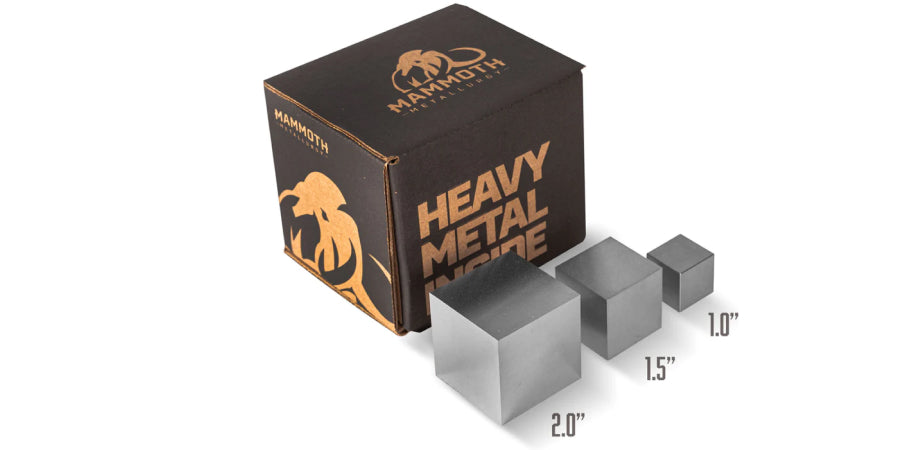The Surprising Density of Aluminum: Exploring the Lightness of This Widely Used Metal
Aluminum is a metal that we encounter in our daily lives. From aluminum cans to airplanes, this material is used extensively in various industries. One of the main reasons for its popularity is its lightness. However, many people are surprised to learn that the density of aluminum is surprisingly low. In this article, we will explore the surprising density of aluminum and what makes it such a versatile and useful material.
What is Aluminum?
Aluminum is a chemical element with the symbol Al and atomic number 13. It is a silvery-white, non-magnetic, and ductile metal that is widely used in various industries due to its unique properties. Aluminum is a relatively soft and lightweight metal, making it ideal for applications that require a low weight-to-strength ratio. It is also corrosion-resistant, making it an ideal material for outdoor applications. In addition to its industrial uses, aluminum is also used in everyday products like cans, foil, and kitchen utensils. Its unique properties and versatility make aluminum an essential material in modern society.
What is the Density of Aluminum?
Density is defined as the mass per unit volume of a substance. The density of aluminum is 2.7 grams per cubic centimeter. This value is relatively low compared to other metals like iron, copper, and gold, which have densities of 7.8, 8.9, and 19.3 grams per cubic centimeter, respectively.
What Makes Aluminum so Light?
The low density of aluminum is due to its atomic structure. Aluminum has 13 electrons, and its atomic number is 13. This means that it has 13 protons in its nucleus. The arrangement of these electrons around the nucleus is what makes aluminum unique. The electrons are arranged in such a way that they form a crystal lattice structure that has a lot of empty space between the atoms. This space makes the metal less dense and therefore lighter.
The Advantages of Using Aluminum
The low density of aluminum makes it a popular choice in various industries. Some of the benefits of using aluminum are:
- Lightweight: The most obvious advantage of aluminum is its lightness. This property makes it an ideal material for applications that require low weight and high strength, such as aerospace and transportation industries.
- Corrosion Resistance: Aluminum has a natural oxide layer that protects it from corrosion. This property makes it an excellent choice for outdoor applications where it is exposed to moisture and air.
- Good Conductivity: Aluminum is an excellent conductor of heat and electricity. This property makes it ideal for applications where heat dissipation or electrical conductivity is required.
FAQs:
Q: Is aluminum stronger than steel?
A: No, steel is stronger than aluminum. However, aluminum has a better strength-to-weight ratio than steel.
Q: What are some common uses of aluminum?
A: Aluminum is used in a wide range of industries and applications, some of which include:
- Aerospace: Aluminum is commonly used in the aerospace industry to make aircraft frames, fuselages, and wings due to its high strength-to-weight ratio.
- Transportation: Aluminum is used in the automotive industry to make engine blocks, wheels, and body panels, reducing the overall weight of the vehicle and improving fuel efficiency.
- Construction: Aluminum is used in construction to make window frames, doors, and roofing due to its durability and resistance to corrosion.
- Packaging: Aluminum is commonly used to make cans for beverages and food due to its lightweight, corrosion resistance, and ability to be recycled.
Q: Is aluminum safe to use in food and beverage packaging?
A: Yes, aluminum is safe to use in food and beverage packaging. It is a non-toxic and inert material that does not react with food or beverages. In fact, aluminum is often used in food packaging because it helps to preserve the quality and freshness of the food or beverage by blocking out light, air, and moisture. Additionally, aluminum cans are fully recyclable and are among the most recycled materials in the world.
Q: How is aluminum recycled, and what are the environmental benefits of recycling it?
A: Aluminum is one of the most recyclable materials in the world, and it can be recycled indefinitely without losing its quality. The recycling process involves melting down the used aluminum and reforming it into new products. Recycling aluminum requires only 5% of the energy needed to produce new aluminum from raw materials, which makes it a highly energy-efficient process. Additionally, recycling aluminum reduces the amount of waste sent to landfills, conserves natural resources, and reduces greenhouse gas emissions.
The low density of aluminum is one of the most important properties that makes it such a versatile and widely used metal. Its lightweight and strength-to-weight ratio make it a popular choice in the aerospace and transportation industries, while its corrosion resistance and good conductivity make it ideal for construction and packaging. As we continue to explore and develop new applications for aluminum, its unique properties will continue to make it an important material for modern society. The surprising density of aluminum highlights the importance of understanding the properties of materials and how they can be used in innovative ways to create new technologies and products. As we look towards a more sustainable future, the recyclability of aluminum also makes it an attractive option for reducing our environmental footprint. Overall, the versatility and low density of aluminum make it a metal that will continue to be widely used in many different applications for years to come.


